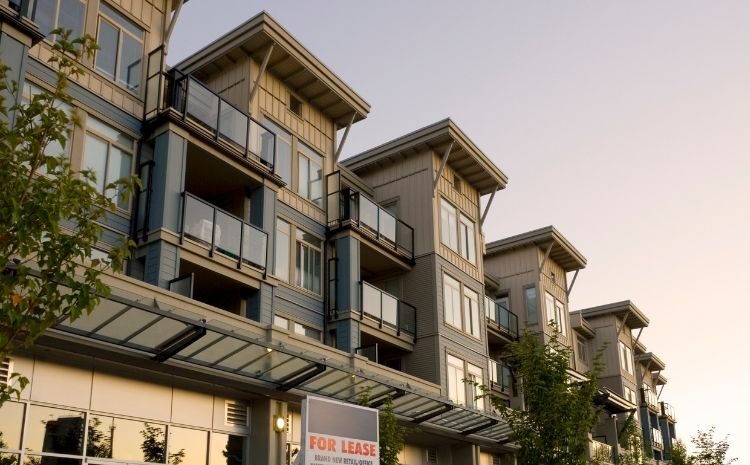
Do You Live in a Condo?
Insurance is just a good idea. Period. Regardless of your dwelling or your valuable belongings, having insurance gives peace of mind. So, living in a condo is no different. However, condo insurance can be more complicated than regular home insurance because of the different types of HOA policies and regulations. Usually, a condo association insurance policy provides protection for the outside of your
building and the common areas. But they do not cover what’s inside your specific unit. You will need to
make sure you have enough coverage of your own.
Condo insurance should cover personal liability, personal property, dwelling, loss assessment, and
additional living expenses. Your individual insurance rates depend on various factors like your credit
score, age of condo, location and claims history.
But before you dive into figuring out how much condo insurance coverage you’ll need, it’s essential to
determine what your condo association’s master policy covers. You should be able to get this information from the condo board or from the company that manages your building. The HOA policy may not be easy reading, but it’s essential to understand where your responsibility begins.
In general, there are 3 kinds of master policies and the phrases are key to determining the level of
coverage your HOA is providing:
- All in and all-inclusive which protects all individual units’ exterior and interior surfaces, including fixtures, installations and additions. The individual condo owner is still responsible for personal property.
- Special entity which covers nearly all of the condo structure, which includes original fixtures in units. This coverage doesn’t include structural improvements or unit additions. The condo owner is responsible for personal property coverage.
- Bare walls in and wall studs in which covers only the bare structure. You will need to insure all of your condo’s interior contents, including bathroom and kitchen fixtures and countertops, as well as your personal property.
Now that you know what the condo association master insurance policy covers, you can determine how much and what types of coverage you’ll need to fill any gaps. A good rule of thumb to decide how much condo coverage is necessary to protect your belongings and interior features is to review the dwelling, personal property, personal liability, additional living expenses (loss of use) and loss assessment coverages one by one.
For personal property, take stock of such items like wood floors, kitchen cabinets and countertops as well as furniture, clothing and electronics. And don’t forget to record any expensive artwork.
After that, you also need to consider your personal liability coverage needs. In other words, how will you be covered if someone is hurt on your property or suffers other damage? Legal and hospital bills add up quickly, so don’t skip out on this coverage.
And then make sure your additional living expenses are covered. If your condo is temporarily uninhabitable, where will you live and how will you pay for that?
Finally, depending on your HOA master policy, you might need additional coverage of those items or additional coverage like loss assessment. As part of an association, the tenants collectively own the common areas. You may need to pay extra in case a claim exceeds the association policy limits or you are required to contribute to the deductible.
In general, people tend to underestimate the cost to replace belongings or fix damages. These costs are replacement costs and not their value today. If you suffer a major loss, you will be glad you spent a few extra minutes and maybe extra dollars on your policy review.
And there is no better way to ensure you have covered all the bases than finding an insurance professional who has the experience of working with condominiums. We at California Southwestern
Insurance Agency have just that experience. Give us a call today so we help meet your needs.



